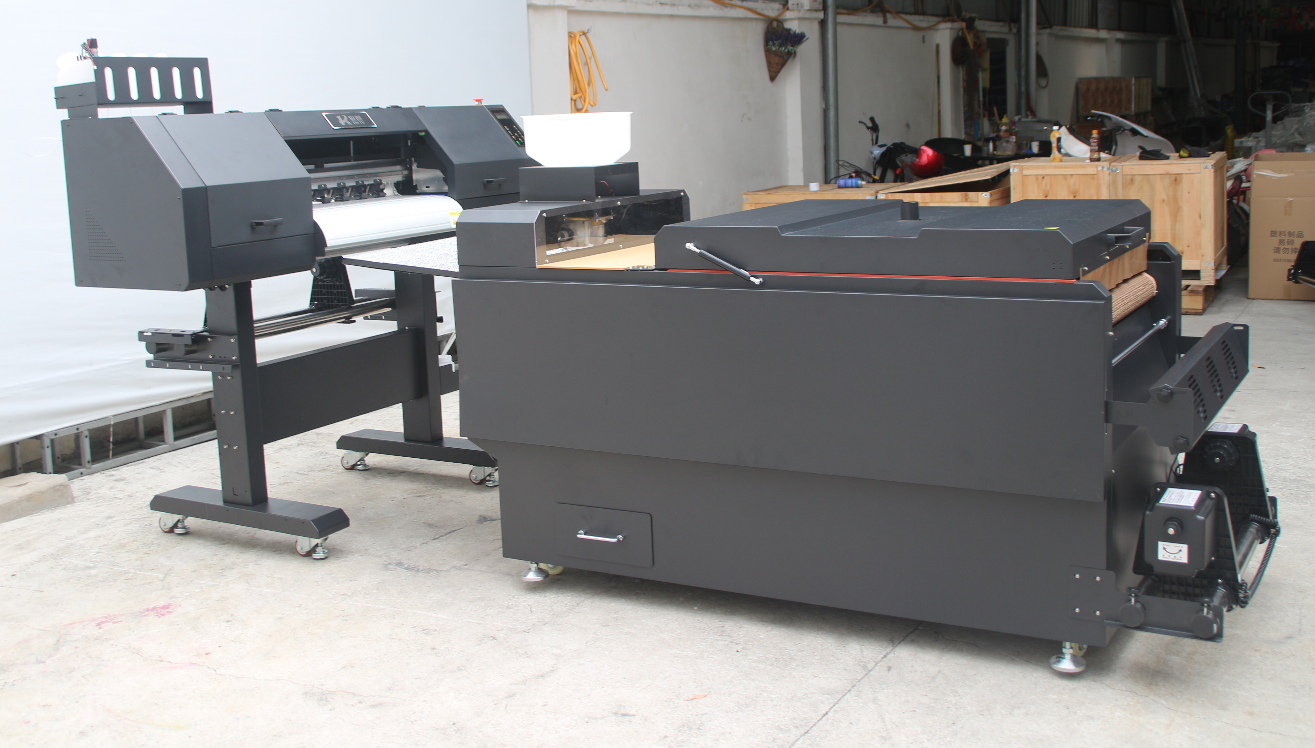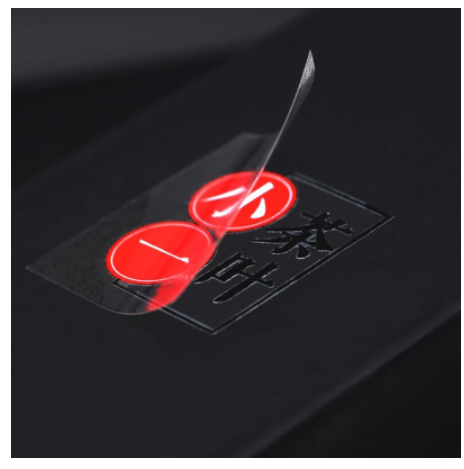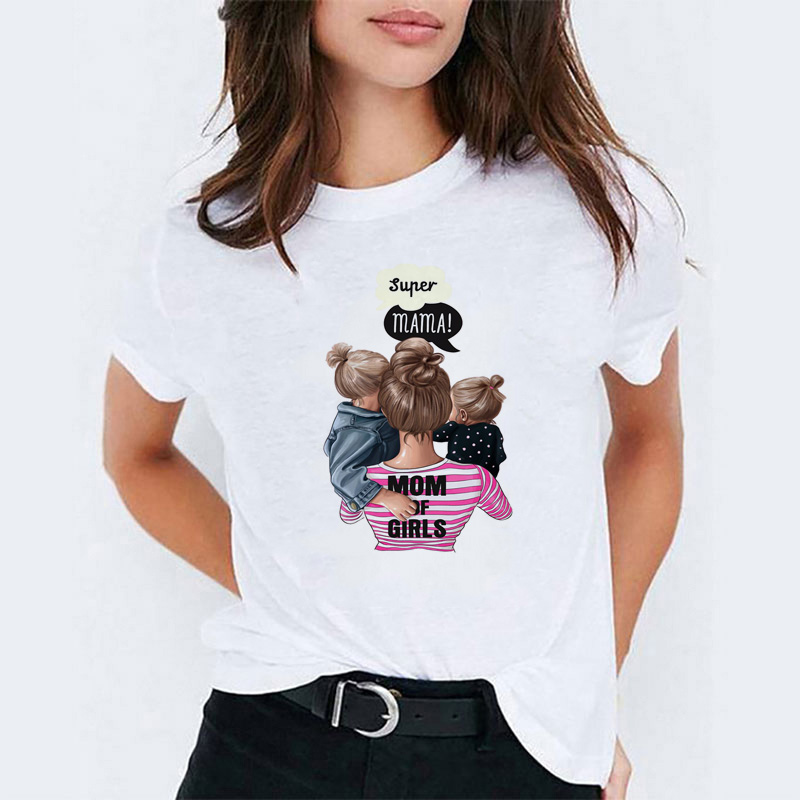What are the differences between UV DTF printer and UV printer?
What are the differences between UV DTF printer and UV printer?
Sticker prints, commonly referred to as digital UV DTF print, may produce a wide range of stickers that can be applied to flat or curved surfaces. We have had a lot of client enquiries since the introduction of UV DTF printers. I hope the following explanations can help you understand UV DTF printers, and I hope we can work together more in the future.

Differences between digital UV DTF prints and UV printers exist as long as there are two sites for printing the current material and height. First, the UV DTF printer’s printing height is just 2 to 3 mm, while the UV printer’s printing height is 0 to 14 cm (according to the size of the printer). Second, unlike UV printers, which can print on flat materials like glass, wood, and metal, UV printers can only print stickers. Due to the design and printing height of UV DTF printers, they are primarily designed for printing stickers and cannot print directly on other materials.
In general, UV printers are suited for printing common smooth surface objects with a maximum height of 2mm when combined with the aforementioned two differences. Compared to UV printers, UV DTF printers offer a greater selection of stickers that may be applied to both conventional and non-smooth surface objects.
Does digital UV DTF print need glue?
Printing glue is not necessary for UV DTF printers. Within three months, UV DTF printing glue starts to lose its stickiness, which causes problems for customers who need to apply stickers for an extended period of time. We altered A film and B film to increase the stickers’ stickiness. We now utilize A and B films, each with its own glue. Our stickers’ stickiness is significantly increased after using fresh consumables, and they may be preserved in good condition for six months.
The vanish channel has replaced the ink channel that we previously used to print the glue, increasing its stickiness while also creating two varnish channels, which can significantly increase the sticker’s gloss. This action will extend the sticker’s lifespan, improve its gloss, and save the user’s operation.
Therefore, when you purchase our UV DTF printer, you do not need to purchase additional glue. Your printing experience will undoubtedly become quicker and easier thanks to UV DTF print upgrade.
How long can the stickers printed by UV DTF printer last for?
UV DTF stickers have a standard use period of two to three years. We began investigating and creating UV DTF printers in 2020. We created the initial iteration of stickers with automatic lamination in less than six months. As of right moment, the UV DTF sticker we successfully pasted is still in tact. This cup is used daily by our research and development team to fill and replace the cold water, and the sticker is still firmly fastened to the cup. However, stickers created by UV DTF printers may not always adhere to the surface permanently and can be harmed by severe knife-tip rubbing.
Within 24 hours of applying the sticker, we advise against exposing the adhesive to environmental factors including water, alcohol, and extreme temperatures. Within 24 hours, the adhesive force will gradually rise. Exposure to water or other environmental factors beyond 24 hours will lessen the sticker’s impact.
Alcohol and heat can be tolerated by UV DTF stickers. Alcohol has no influence on the stickiness of the stickers, according to tests we conducted with high alcohol concentrations. We applied UV DTF stickers to the beer bottles to represent our typical usage scenario. We generally opened the bottle, poured beer on the sticker’s surface, and then soaked the bottle in the liquid. We picked up the bottle with the sticker still on it after waiting five minutes, and it was still there. UV DTF stickers can therefore accommodate the majority of daily alcohol scenarios.

Can stickers be put on clothes?
The hard surfaces, which are specified by the ink’s characteristics, are what UV DTF stickers perform best on. The adhesion of UV DTF stickers is best when applied to the surface of hard materials, such as glass, metal, wood, and acrylic, and it gets better as the material’s hardness increases. On soft fabrics, however, Clothing is a prime example. UV ink, the primary ingredient of UV DTF stickers, is not good for printing on clothing, hence UV DTF stickers are simple to peel off of clothing and the paste effect is not perfect. Therefore, we advise applying UV DTF stickers to solid materials rather than soft ones. Another tiny advice is that the performance of UV DTF stickers on surface of hard materials is the best.

